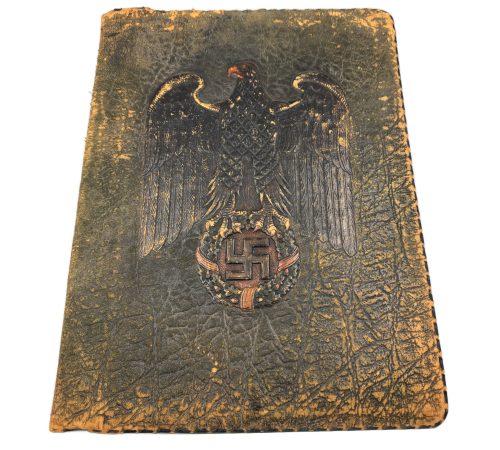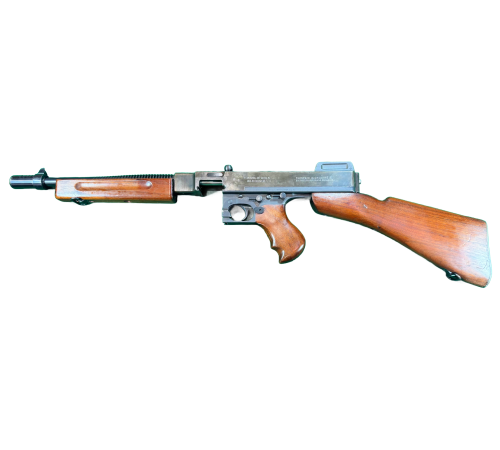WWII Military Credentials

WWII Military Credentials
During World War II military credentials functioned as essential tools to verify and approve military personnel in addition to maintaining service documentation for all military branches and participating nations. Official documents and identification items given to soldiers and officers and special operatives contained information about their rank and assignments along with their duties and security clearance level.
Types of WWII Military Credentials:
All military personnel received Identification Cards containing their name, service number, branch, unit, and photograph. The U.S. military distributed the "Geneva Convention Identification Card" to its personnel, but other countries provided equivalent identification documents for active personnel along with support staff.
Soldiers received these travel authorizations to move between military bases or obtain authorized vacation time. These travel documents contained destinations along with dates and signatures from authorizing officers.
Security and Access Badges functioned to provide both access permissions to restricted areas and authorization to view classified materials especially among intelligence operatives and naval officers and scientists working on secret projects such as the Manhattan Project.
Service members of the UK and German armies maintained their records through Pay Books and Service Books which tracked their promotion history and medical records together with salary information and disciplinary records during their military service.
Resistance fighters and espionage agents used falsified military credentials to avoid detection and today these documents are rare collector's items.
Collectible Significance:
The original military credentials from World War II attract intense interest from historians along with museums and collectors because they carry both historical significance and personal value. These documents reveal detailed information about soldiers both in their military roles and their personal experiences during wartime. These military documents become complete historical records when found alongside original uniforms and medals and letters that describe a person's wartime service.
Authentication and Preservation:
The possibility of reproduction requires expert authentication along with established provenance to ensure document authenticity. Future generations will be able to preserve delicate wartime documents because proper storage involves acid-free sleeves with protection against light and moisture exposure.

